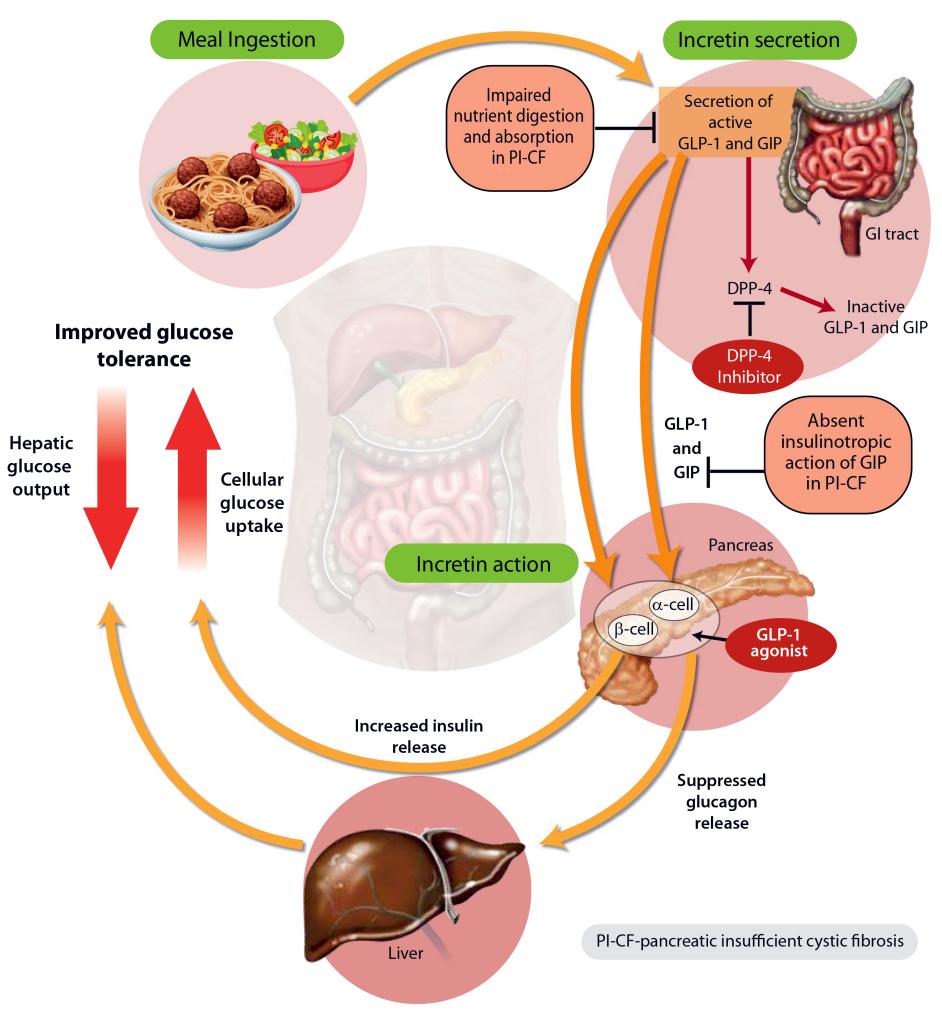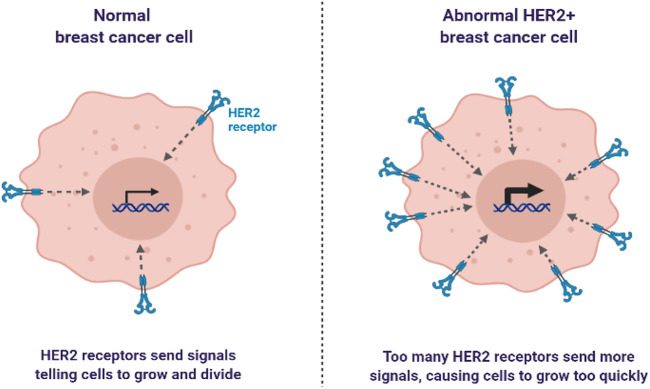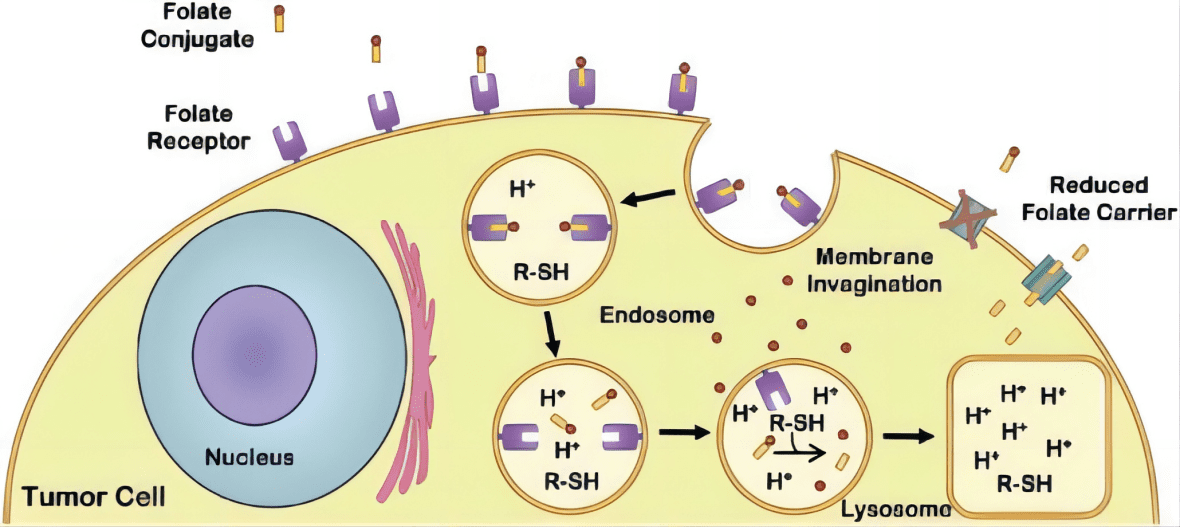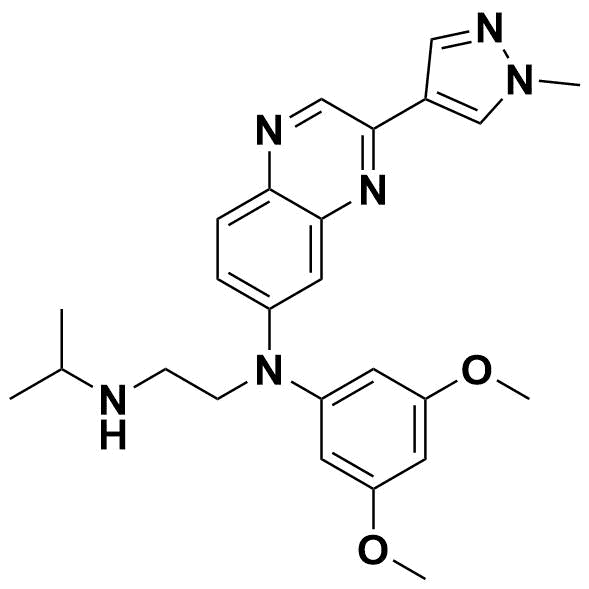Research on the Application of Chebulagic Acid
Introduction
Chebulagic acid, a polyphenolic compound, can be categorized into hydrolyzable tannin and condensed tannin. mong which hydrolyzable tannin has good pharmacological effects such as anti-oxidation, anti-tumor, anti-virus, anti-bacterial, and anti-lipid peroxidation, and is the basis of many commonly used traditional Chinese medicines. These compounds have the potential as alternative treatments, but further research is necessary to understand their full medicinal properties.
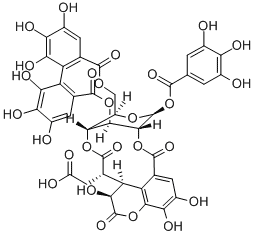
Chebulagic acid structure
Anti-inflammatory activity of Chebulagic acid
Chebulagic acid is a bioactive compound found in Terminalia chebula, a plant commonly used in traditional medicine. One of its most significant potential benefits is its anti-inflammatory properties. Chronic inflammation can cause a range of health problems, including cardiovascular disease, diabetes, and cancer. Research suggests that chebulagic acid may be a potent anti-inflammatory agent. In studies published in the Journal of Ethnopharmacology and the Journal of Natural Products, chebulagic acid was found to reduce inflammation in mice with induced colitis and in human skin cells by decreasing cytokines involved in the inflammatory response.
Chebulagic acid’s anti-inflammatory properties may be attributed to its antioxidant activity, as it can scavenge free radicals that cause inflammation and oxidative stress. This can help prevent and alleviate inflammation, potentially having implications for the treatment and prevention of chronic diseases such as cardiovascular disease and diabetes, which are associated with chronic inflammation.
Chebulagic acid as a strong oxidant has a good anti-cancer effect.
Chebulagic acid is a bioactive compound found in Terminalia chebula, a plant used in traditional medicine. Its strong antioxidant properties are one of its most significant potential benefits. Antioxidants neutralize free radicals, which can cause cell damage and contribute to chronic diseases. Chebulagic acid is a potent antioxidant in several studies, including protecting cells from oxidative stress and damage caused by ultraviolet radiation.
A study found that chebulagic acid was able to inhibit the growth of breast cancer cells in vitro. The researchers observed that chebulagic acid was able to induce cell death in the cancer cells and reduce the expression of genes involved in cancer cell proliferation.
Another study published found that chebulagic acid was able to induce cell death in colon cancer cells. The study showed that chebulagic acid was able to increase the activity of caspase-3, an enzyme involved in cell death, and reduce the levels of anti-apoptotic proteins that can promote cancer cell survival.
In conclusion, chebulagic acid is a bioactive compound with promising anti-cancer properties. More research is needed to confirm its effects on cancer cells and determine its potential as a cancer treatment or preventative measure.
Other potential functions of chebulagic acid
One of the potential benefits of chebulagic acid is its ability to regulate blood glucose levels and prevent diabetes-related complications. Diabetes is a chronic disease characterized by hyperglycemia, which can lead to a series of health problems such as cardiovascular disease, renal failure, and blindness.
Several studies have shown that chebulagic acid may have anti-diabetic properties. Studies have found that chebulagic acid can reduce blood glucose levels in induced diabetic rats. The researchers observed that fasting blood glucose levels decreased and insulin sensitivity increased in rats treated with chebulagic acid.
Another study found that chebulagic acid can prevent the occurrence of diabetic complications such as renal injury in induced diabetic rats. Researchers observed a decrease in oxidative stress and inflammation in rats treated with chebulagic acid.
Application research
Xiang Li et al.studied the inhibitory effect of chebula tannic acid on biofilm-forming Candida albicans. Methods: MTT assay was used to detect the effect of chebula tannic acid on biofilm formation. The morphological changes of Candida albicans in the biofilm were observed under a light microscope. The fluorescence microscope observed the death mode of Candida albicans in biofilm stained with acridine orange/ethidium bromide. Results: Terminalia chebula tannic acid inhibited the formation of biofilm and Candida albicans in mature biofilm in a time and dose-dependent manner. Tannins caused deformation of Candida albicans cells in the capsule, morphological changes, inhibition of dental tube, and pseudohyphae formation, but no exact apoptosis. Conclusion: Chebulic acid has an inhibitory effect on the formation of Candida albicans biofilm, which may lead to the death of Candida albicans in biofilm through non-apoptotic pathways.
Zhou et al.studied the in vitro antibacterial activity of the tannin extract of Chebulae Fructus against Candida albicans. Methods: Tannins were extracted from Chebulae Fructus by ultrasonic wave. The content of tannins was detected by Folin-Ciocalteu colorimetric method. The minimum inhibitory concentration ( MIC ) and minimum bactericidal concentration ( MFC ) of Chebulae Fructus tannin extract against Candida albicans were studied by the microdilution method. The morphological structure of Candida albicans was observed under an optical microscope and fluorescence microscope. Results: The minimum inhibitory concentration ( MIC ) of tannin extract from Terminalia chebula Retz.on Candida albicans was 15.33 mg / mL, and the minimum bactericidal concentration ( MBC ) was 3.67 mg / mL. The tannic acid extract of Terminalia chebula Retz. can lead to the deformation and morphological changes of Candida albicans cells, eventually leading to their death, and inhibiting the formation of germ tubes and pseudohypha. Conclusion: Chebulic acid extract has inhibitory and killing effects on Candida albicans.
Han Shu et al.studied the protective effect and mechanism of chebula tannic acid on aconitine-induced H9C2 cell injury. Methods: H9C2 cells were treated with different concentrations of aconitine, chebula tannic acid, and aconitine + chebula tannic acid, respectively. High content analysis ( HCA ) was used to detect and analyze the effects of drugs on the number of H9C2 cells, nuclear area, nuclear DNA content, Ca2 + fluorescence intensity, and mitochondrial function. Results: 2.0 μmol / L aconitine can cause Ca2 + overload and mitochondrial dysfunction in cardiomyocytes. When combined with different concentrations of chebula tannic acid, the phenomenon of Ca2 + overload and mitochondrial membrane potential elevation in cardiomyocytes were improved. The higher the concentration of chebula tannic acid, the more obvious the improvement. Conclusion: Chebulic acid has a protective effect on the mitochondria of cardiomyocytes, and can inhibit the Ca2 + overload of cardiomyocytes caused by aconitine, thus reducing the occurrence of arrhythmia.
Summary
Literature studies have shown that Chebulae Fructus itself has a certain myocardial protective effect. Through the analysis of the characteristic spectrum of Aconiti Kusnezoffii Radix processed by Terminalia chebula Retz., it can be seen that the processed products contain chemical components such as aconitine and tannin in Terminalia chebula Retz. To further study chebula tannic acid, this paper summarizes the inhibitory effect of chebula tannic acid on the biofilm Candida albicans, the antibacterial activity of chebula tannic acid extract against Candida albicans in vitro, and the protective effect and mechanism of chebula tannic acid on aconitine-induced H9C2 cell damage. The results showed that chebulagic acid had an inhibitory effect on the formation of Candida albicans biofilm, and chebulagic acid extract had an inhibitory and killing effect on Candida albicans. The tannic acid from Terminalia chebula Retz has a protective effect on myocardial mitochondria, which can alleviate the effect of aconitine on myocardial toxicity, thereby reducing the occurrence of arrhythmia.
Moreover, studies have also shown that chebula tannic acid acts as a COX-LOX dual inhibitor extracted from the fruit and has significant anti-inflammatory and anti-infective effects. It is also an M2 ( S31N ) inhibitor and anti-influenza virus agent. Chebulic acid also inhibited the replication of the SARS-CoV-2 virus with an EC50 value of 9.76 μM. The effect of chebula tannic acid remains to be further investigated in the later stage.
References
- Kim, H. J., Kim, J., Kang, K. S., Lee, K. T., & Yang, H. O. (2014). Neuroprotective effect of chebulagic acid via autophagy induction in SH-SY5Y cells. Biomolecules & therapeutics, 22(4), 275.
- Liu, Y., Bao, L., Xuan, L., Song, B., Lin, L., & Han, H. (2015). Chebulagic acid inhibits the LPS-induced expression of TNF α and IL 1β in endothelial cells by suppressing MAPK activation. Experimental and therapeutic medicine, 10(1), 263-268.
- Athira, A. P., Helen, A., Saja, K., Reddanna, P., & Sudhakaran, P. R. (2013). Inhibition of angiogenesis in vitro by chebulagic acid: a COX-LOX dual inhibitor. International Journal of Vascular Medicine, 2013.
- Duncan, M. C., Onguéné, P. A., Kihara, I., Nebangwa, D. N., Naidu, M. E., Williams, D. E., … & Tietjen, I. (2020). Virtual screening identifies chebulagic acid as an inhibitor of the M2 (S31N) viral ion channel and influenza A virus. Molecules, 25(12), 2903.
- Du, R., Cooper, L., Chen, Z., Lee, H., Rong, L., & Cui, Q. (2021). Discovery of chebulagic acid and punicalagin as novel allosteric inhibitors of SARS-CoV-2 3CLpro. Antiviral Research, 190, 105075.
- Burgos‐Morón, E., Calderón‐Montaño, J. M., Salvador, J., Robles, A., & López‐Lázaro, M. (2010). The dark side of curcumin. International journal of cancer, 126(7), 1771-1775.

